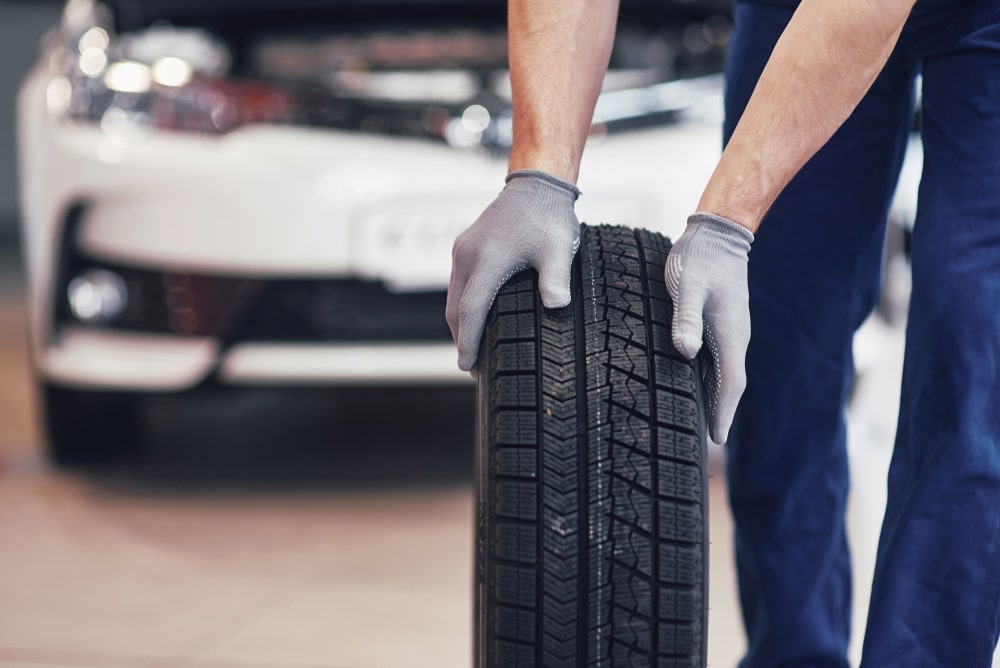Tyre Rotation: What Is It And Why Should You Do It?
When it comes to vehicle maintenance, tyre rotation is a term you’ll hear often. But what does it mean and why should you consider it? In essence, tyre rotation involves periodically repositioning your vehicle’s tyres in specific patterns. This seemingly straightforward procedure plays an important role in optimising your car’s efficiency and preserving your tyres. In this blog, we’ll explore the details of this procedure.
Exploring the Benefits of Tyre Rotation for Your Vehicle
Tyre rotation might seem like a minor car maintenance task, but its benefits are numerous. Here’s why you should rotate your tyres:
- Extended Tyre Life: Rotating your tyres regularly helps distribute wear more evenly across all four tyres, extending their useful life.
- Improved Performance: Even wear contributes to balanced handling and traction, enhancing your vehicle’s overall performance.
- Increased Safety: Uniform tyre wear improves the grip on road surfaces, which can be crucial in preventing accidents, especially in adverse weather conditions.
Identifying the Right Time for Tyre Rotation
Generally, tyre rotation is recommended every 5,000 to 8,000 kilometres, but this can vary based on your vehicle type, tyre model and driving habits. If you notice uneven wear on your tyres, it might be time for a rotation. This could help extend your tyres’ lifespan and improve your vehicle’s performance. A good rule of thumb is to check your vehicle’s manual or consult with a professional mechanic for advice tailored to your specific situation.
What Is the Correct Rotation Pattern for Your Tyres?
The tyre rotation pattern depends on your vehicle’s type and the tyres you use.
Front-Wheel Drive Vehicles
For vehicles with front-wheel drive, the front tyres should be moved straight to the rear, while the rear tyres should shift to the front.
Rear-Wheel Drive Vehicles
In the case of rear-wheel drive vehicles, the rear tyres need to be moved straight to the front. The front tyres should cross over to the opposite side.
Four-Wheel Drive Vehicles
For four-wheel drive vehicles, the rotation pattern is similar to that of rear-wheel drive vehicles. The rear tyres move straight up front, whereas the front tyres should cross to the rear’s opposite side.
Reach Out to Us for Tyre Rotation Services
In conclusion, tyre rotation is a simple yet fundamental process that every car owner should embrace. It’s always wise to rely on a mechanic to ensure the correct rotation pattern. At O’Neills Tyres, our team is here to help with your car tyre rotation needs. Contact us today!


